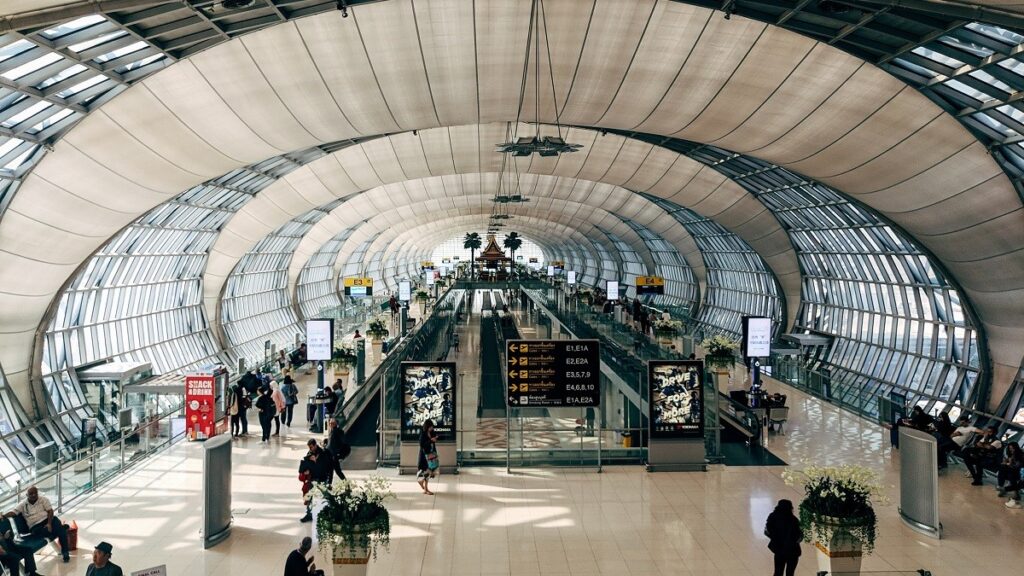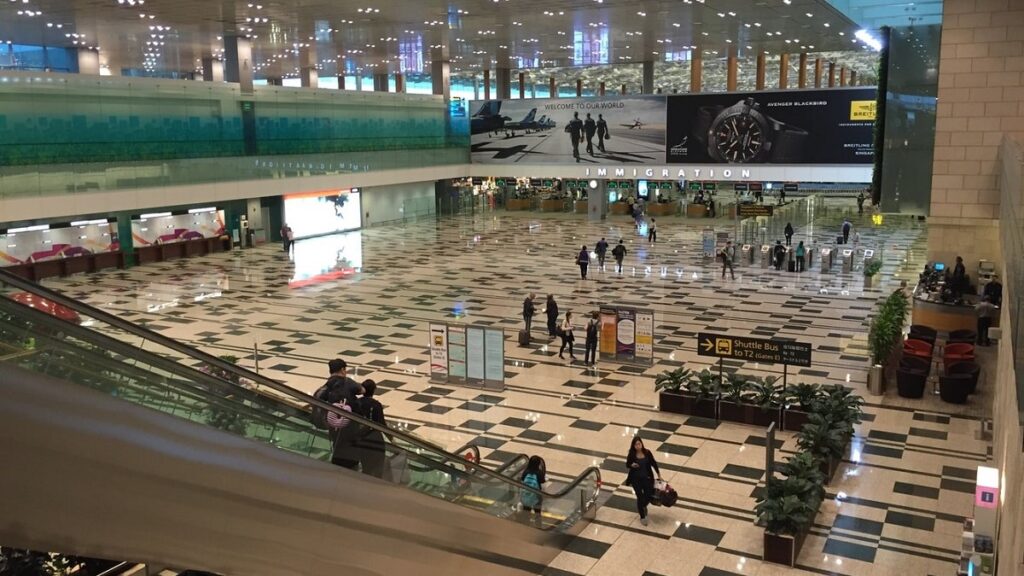The impact of COVID-19 on aviation has predominantly focused on airlines but the airports that house them are facing an equally challenging time. Airports Council International (ACI) Asia-Pacific forecasted the region was on track to lose 55 per cent of traffic volume by the end of 2020.
Prior to the pandemic, the organisation reported that 3.5 billion people were expected through Asia-Pacific’s airports in 2020, yet the full-year number is expected to come in at just over 1.5 billion, with revenues predicted to decline by US$27 billion.
Although the pandemic stretches on, many Asian airports are taking proactive steps to better prepare themselves for the gradual return of passengers. In our latest report on the airport sector, we analysed the challenges facing operators through this recovery period and outlines a timeline and series of changes to help shape this crucial part of the economy for the future.
READ MORE: We discuss how travel will change forever post-COVID-19
Understandably, most of the current preparation work at airports to welcome back passengers relates to health and hygiene measures. For example, Suvarnabhumi International Airport in Bangkok has announced rapid coronavirus tests for overseas arrivals permitted to enter the country for less than 14 days, including business travellers, diplomats and government guests.

In Singapore’s Changi Airport, voted the world’s best for eight consecutive years, the focus has shifted from world-beating attractions such as indoor waterfalls and butterfly gardens to promoting safety measures including disinfectant-misting robots, contactless elevator buttons and ultraviolet-cleansing escalator handrails.
Meanwhile, at Hong Kong International Airport, a series of precautionary health and hygiene measures have been announced to permit the one-way transit of passengers from mainland China.
Large scale change
Beyond updated health and hygiene models, airports may need to make a considerable number of changes to meet the requirements of tomorrow’s air travel. To restore confidence in flying, some industry experts are predicting that between 70 and 100 different areas in the passenger journey are expected to either change or be introduced from scratch. This may include changes to the physical layout of the airport and aircraft, the operational process of booking and checking in, and the way passengers navigate through security and border controls.
The aviation industry’s recovery will initially involve the staged reopening of domestic routes, followed by international, based on border control measures. Importantly, it will also involve unprecedented changes across the end-to-end passenger journey. Reimagining airports for a world of future travel will also require close collaboration between Asian airports, airlines and governments.
In the pathway to the ‘new normal’ for Asian airports, three key principles will be systems and processes, contactless processing and human behaviour. Having the systems and processes to keep passengers and staff safe will require modifications of existing physical infrastructure and operating procedures.
Also, other measures such as testing stations, the installation of routes to segregate passengers and more wayfinding signage inside and outside terminals will need to be incorporated.
The second principle towards a more normalised return is contactless processing. This is something many Asian airports and elsewhere were already on the path to achieving. Now, we can expect to see it accelerated and applied universally across the global aviation network.
Thirdly, airports will have to account for human behaviour in welcoming people back through their doors. For airports to begin their journey back to life, passengers must feel safe to return to international travel and managing this will need careful coordination.
Airports and airlines will have to work together to reassure travellers that the risk of coronavirus infection is low, because of improved cleaning efforts, a change in aircraft seating and procedures, adequate airport screening, and practical at-airport social distancing.
Part of this will be ensuring passengers are fit to travel, and to this end, Aurecon believes the bulk of health approvals could be obtained by passenger travel, and possibly entrenched through bilateral health agreements between countries. This will reduce the need for extensive at-airport testing and screening, which will undoubtedly raise passenger anxiety and reduce service level outcomes.
Modifications to service
As previously mentioned, many Asian airports have already implemented health and hygiene measures to make travel feasible. But in addition, there are other changes Aurecon believes may be required. These include:
- The installation of contactless procedures at all interaction points
- More automated check-in and bag drop areas
- Dedicated and increased zones for queuing
- Increased numbers of processing desks
- A limit on terminal entry to travellers only
- The spreading of peak demand to balance passenger numbers
With all of the above to consider, airports will have to make more space available within their facilities to handle the same number of passengers they did previously. But the good news is that most Asian airports already have this space and assets available – it simply hasn’t been utilised yet.
So, getting to the stage where new measures and processes are introduced becomes a question of planning and execution, with only minimal new development or expansion required.
Digital transformation accelerated by the recovery process
Besides the physical transformation mentioned above, Aurecon believes many airports will now assess the best way to accelerate digital transformation in their operations. Digital transformation was already underway at many airports pre-COVID, so we can expect to see it proceed more quickly. Aurecon has identified three areas that might benefit from this:
- Digital modelling
- Automation technology
- Contactless processing
Digital modelling, again, is not new for many airports which use it to simulate passenger flows through the terminal. But what we might see next is the use of Digital Twin technology applied to terminal buildings. This is a responsive system that connects physical infrastructure to a digital environment, allowing different scenarios to show operational constraints and more.
It allows airport operators to save money too, by optimising the life of their infrastructure assets using predictive and preventative maintenance. With operational costs and long-term feasibility, a bigger consideration than ever, Digital Twin technology can give operators better opportunities to plan their sustaining capital programs.


Autonomous technology, such as the cleaning robots that can already be seen at Singapore’s Changi Airport and Hong Kong International Airport, will likely become more commonplace. Similarly, phone apps will play an increasingly important role, for example by combining them with proximity sensors to automate and maintain social distancing during boarding or being used for the storing of passenger health details.
In terms of contactless processing, check-in is beginning to minimise passenger interaction with staff but this is still not widespread, and we may now see airports investigating an all-biometric check-in: using face recognition technology.
Asian airports might also consider ‘touchless’ bathrooms, where a passenger could use an app to visualise how busy a bathroom is and join a virtual queue. The app could notify the person when it is their turn and be used for locking and unlocking the stall automatically.
Cleared for take-off
Airports, airlines and governments have a combined mission to restore customer confidence in international air travel. While it will unquestionably be a long and difficult recovery for the aviation sector, there is also a real opportunity to improve and streamline the passenger journey for a new era of travel.
Airports will need to prioritize reshaping their business around the user to have the best chance of recovery post-COVID. This industry has been challenged by turbulent conditions many times before and has shown an exceptional capacity to recover and adapt. If we learn the right lessons from the COVID-19 pandemic, then it will not only help our Asian airports recover but also allow them to move into the future stronger and more resilient.
Contributed by Erik Kriel, Aviation Director, Planning and Strategy, Aurecon

